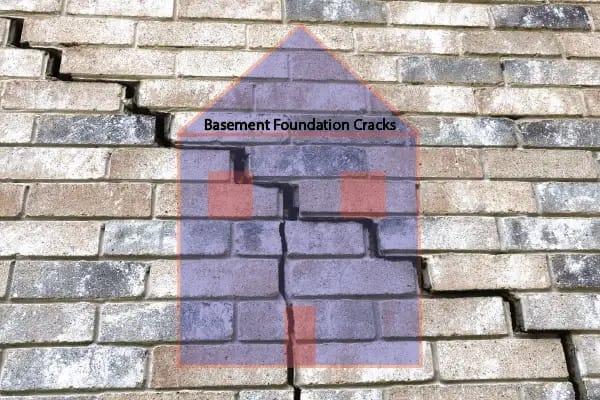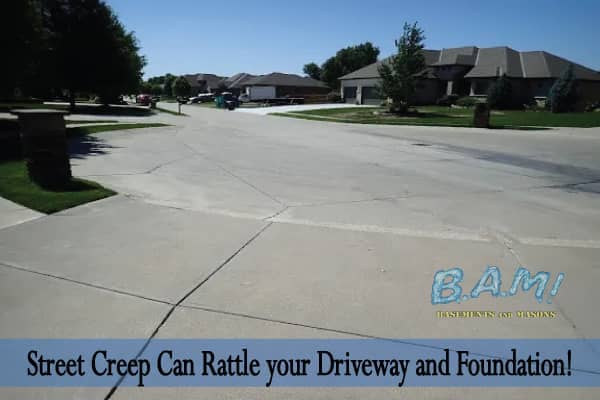What Does Best Basement Waterproofing Do?
What Does Best Basement Waterproofing Do?
Blog Article
The 9-Second Trick For Best Basement Waterproofing
Table of ContentsMore About Best Basement WaterproofingIndicators on Best Basement Waterproofing You Need To KnowBest Basement Waterproofing Fundamentals ExplainedLittle Known Questions About Best Basement Waterproofing.Best Basement Waterproofing Fundamentals Explained
AdvantaClean's trained experts and professionals will find the water resource. If wall or piece cracks are present, we will infuse polyurethane and epoxies into the splits and secure the compromise, stopping further dampness from entering.Proper rating around the home to direct wetness far from the framework. Installing, fixing, or cleansing gutters and downspouts. Interior or external waterproofing with filler, sealer, and/or water-proof paint. Mounting basement ventilation systems, conditioning systems, or basement dehumidifier systems to obtain water out of your basement. Choosing AdvantaClean's cellar waterproofing services is a reliable way to treat wetness and stop mold and mildew from compromising the structure of your home and the health of your family.
The 9-Second Trick For Best Basement Waterproofing
You can waterproof just your interior wall surfaces, which may address the problem. Or you can waterproof your exterior wall surfaces, which is a better wager yet even more expensive. Here's the inside story on the various kinds: These thick coverings are cement-like. Once they dry out, they adhere completely to concrete and masonry wall surfaces. Best Basement Waterproofing.
Concrete water resistant finishings can't be used to formerly repainted surface areas; check the label. Known as densifiers, they are suitable only for walls that haven't been painted or sealed.
You clean, roll, or spray it on much more thickly one gallon covers simply 75 square feet, not the 300 square feet normal with standard paint. Water-proof paint is fine for DIY application. You can use it over repainted surfaces, and paint over it once it's cured (one gallon costs $37).
It can set you back $10,000 to $15,000, depending upon the work required. Exterior waterproofing includes excavating throughout the house fully depth of the foundation wall surfaces, then mounting a water-proof finish or membrane covered by drainage panels. The panels give a very easy course for water to move down to an exterior French drainpipe at the end of your foundation.
Some Ideas on Best Basement Waterproofing You Should Know
We have actually all been caught in a storm without umbrella or raincoat. And it's always a dish for catastrophe: every little thing's wet, your hairstyle is destroyed, and things are getting moldy. A basement without waterproofing is kind of like that. Minus the spoiled hairdo component. Your cellar doesn't wish to undergo a rainstorm without correct defense simply as much as you don't want to.
However if you have actually done your study, you 'd recognize there are two types of waterproofing: exterior and interior. It can obtain puzzling what they both mean, which one's a better financial investment, and what will in fact maintain the water out. Don't fret, we placed with each other this blog site to conveniently define both methods for you and discuss the benefits and drawbacks of each.
Outside waterproofing is a waterproofing approach that involves securing your home from the outside. It's kind of like a moat around a castle. It includes excavating a trench around your entire residence down to the foundation (concerning 8 to 10 feet down). The structure walls are after that cleaned up, sealed, and covered with a waterproof membrane or sealant.
A Biased View of Best Basement Waterproofing
The browse this site largest advantage of outside waterproofing is that it protects against water from entering your cellar in the first location. Unless you have a dripping washing maker, water often goes into the basement from the exterior. Groundwater and hefty rains can leak in with the splits in your structure, so outside waterproofing can protect against water from entering your home.

Inside cellar waterproofing includes waterproofing from the within. Any water that leakages right into your cellar is rerouted before it touches your flooring.
Getting The Best Basement Waterproofing To Work
It's an efficient technique to waterproof your basement. The disadvantage of indoor basement waterproofing mostly has to do with the installment process.
To conclude, outside and interior find out here basement waterproofing are both effective techniques of securing your home from water damages. Exterior waterproofing creates an obstacle that prevents water from entering your home, while indoor waterproofing reroutes water that does enter your home. And it is necessary to keep in mind that outside waterproofing is an expensive and turbulent installment process when contrasted to interior waterproofing.
Whichever approach you pick, make certain you choose a trusted and reliable service provider for the work. Both approaches call for experienced workers to deal with the job. If you have any kind of questions about basement waterproofing, please connect to us. And if you're in our service location and have water in your basement, call us for a read cost-free, no-obligation home inspection.

Report this page